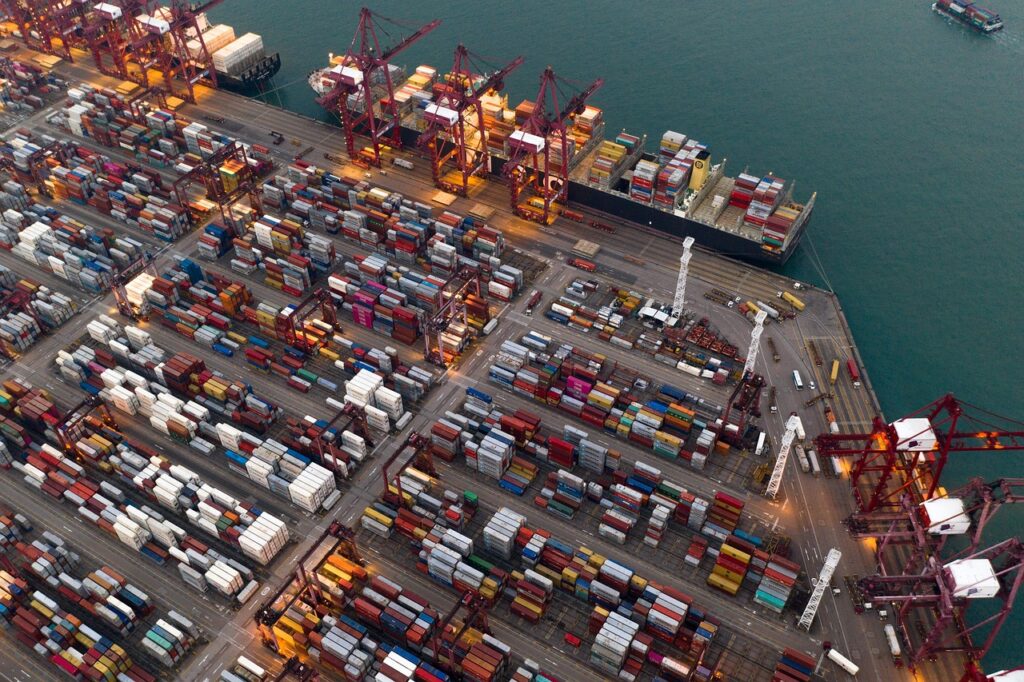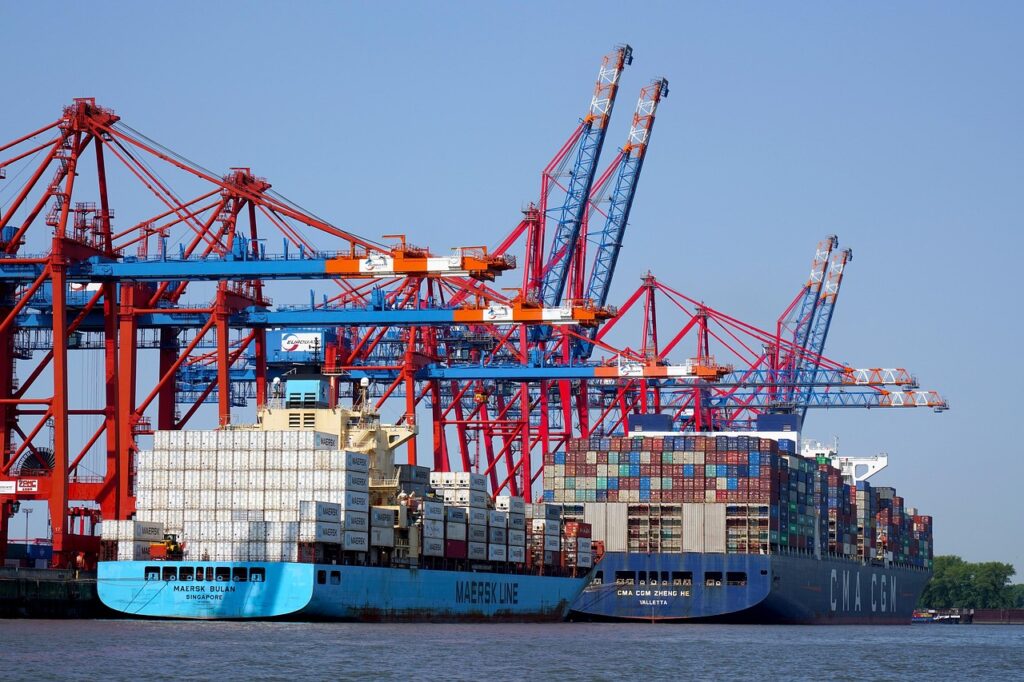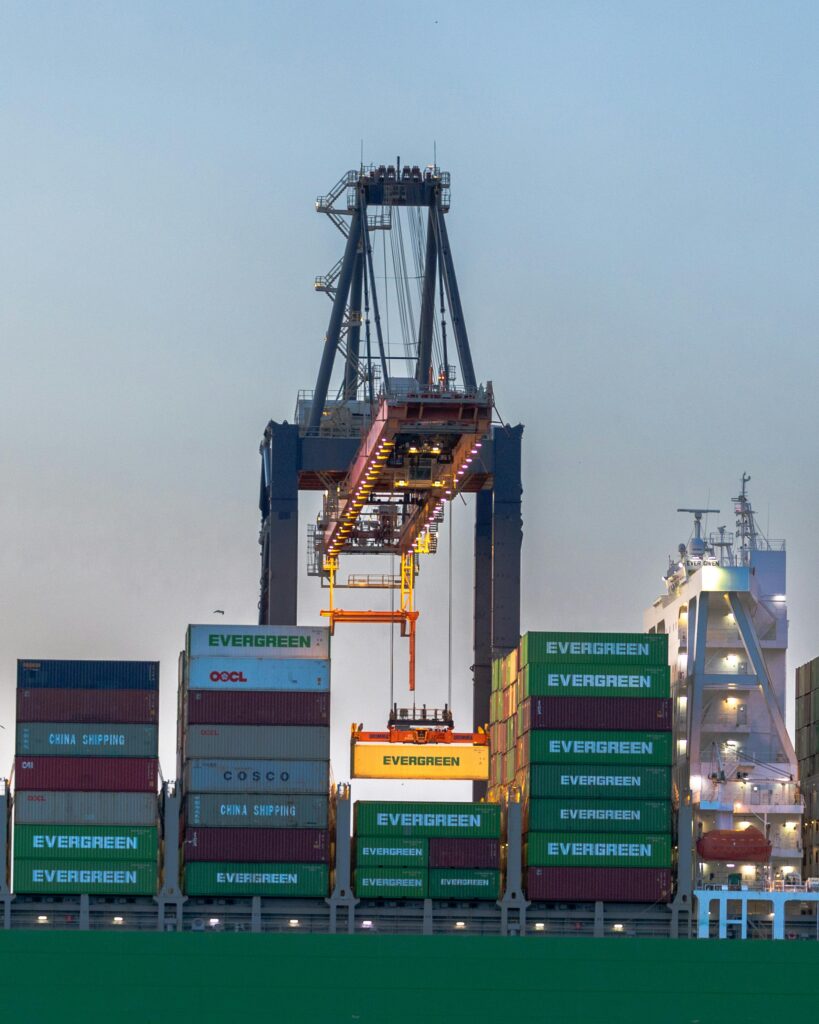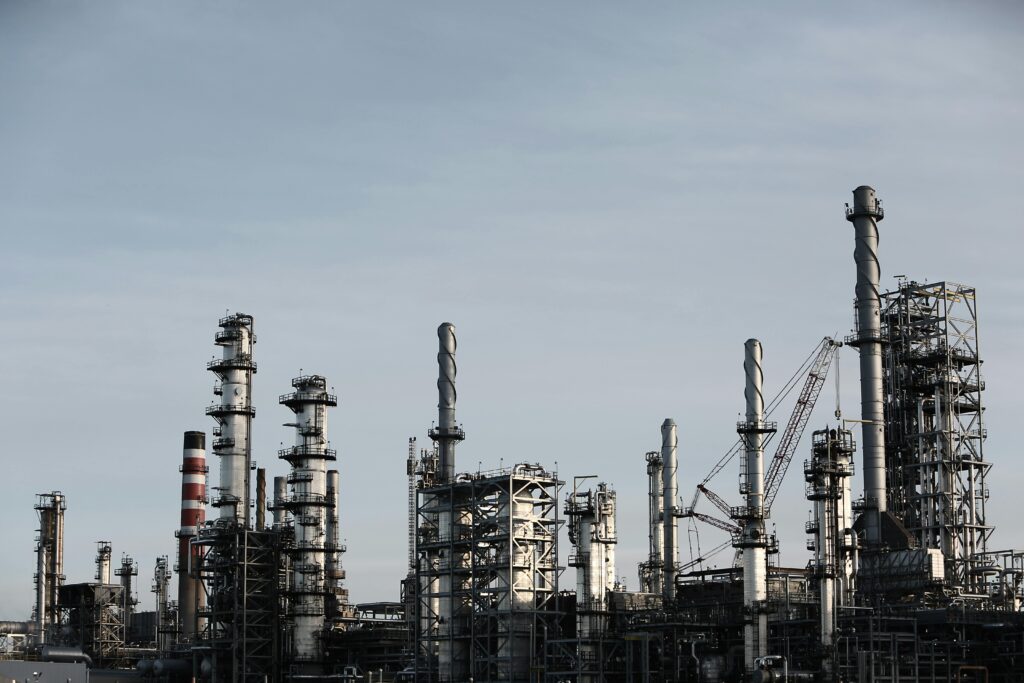
Have you ever wondered how a truck or courier can deliver all the packages and goods to the corners of a congested big city? From your favorite food being delivered to your apartment to building materials arriving at a project in the middle of the city, it’s all part of urban logistics. It’s not just another delivery but a big challenge full of complexities unique to the urban environment.
Urban logistics is a branch of logistics that focuses on planning, implementing, and controlling the flow of goods and information in and around urban areas. The goal is to deliver goods as efficiently as possible while minimizing negative impacts such as congestion, pollution, and noise. The mission of urban logistics is to ensure that cities keep pulsing without being suffocated by delivery activities.
Why is urban logistics so challenging?
These big cities have unique and challenging “characters” for urban logistics:
- Traffic Congestion: This is the arch nemesis of urban logistics. Rush hour, high vehicle volumes, and sometimes inadequate road infrastructure can make deliveries extremely slow and inefficient. Time is money, and traffic wastes both.
- Infrastructure limitations: narrow streets, limited parking areas, restrictions on operating hours for large trucks, and lack of adequate loading and unloading facilities in city centers. All of these pose serious obstacles to urban logistics. Tall buildings with limited access also complicate delivery.
- Strict and Diverse Regulations: Each city or even region within a city may have different regulations regarding truck operating hours, low emission zones, or vehicle size restrictions. Understanding and complying with these regulations is a complex part of urban logistics.
- High Operating Costs: Land rent for warehouses in urban areas is very expensive. Fuel costs due to traffic jams, parking fees, and salaries for drivers working in stressful environments are also higher. This makes the cost of urban logistics increase.
- E-commerce Consumer Demands: In the era of online shopping, consumers want same-day or next-day delivery. This demands tremendous speed and efficiency from urban logistics, compounding the challenge.
- Environmental and Social Impacts: Large numbers of delivery vehicles in urban areas contribute to air pollution, noise, and accident risks. Responsible urban logistics must find ways to minimize these negative impacts.
Innovative Solutions in Urban Logistics
Despite the challenges, urban logistics experts are constantly innovating to find solutions:
- Urban Consolidation Centers (UCC): These are small warehouses on the edge or within the city where goods from various suppliers are collected, sorted, and consolidated into one more efficient shipment to various destinations in the city. This reduces the number of large trucks entering the city center.
- Use of Eco-friendly Vehicles: Switch to electric vehicles, cargo bikes, or even drones for short-distance deliveries. This reduces pollution and noise.
- Route Optimization and Technology: Using advanced software to plan the fastest and shortest routes, avoid congestion, and manage delivery schedules in real-time. This technology is vital for urban logistics.
- Off-Peak Deliveries: Encourage deliveries to be made at night or early morning when traffic is light, where possible and permitted by regulations.
- Pick-up and Drop-off Locations (PUDO points): Providing locations such as package lockers or small shops where consumers can pick up or return packages. This reduces the number of destinations that couriers have to visit one by one.
- Collaboration: Different delivery companies can work together to share resources or routes, making it more efficient.
Given the complexity and importance of urban logistics to the smooth running of cities, it’s a promising field to work in. It’s not just about driving a truck but about strategy, technology, and innovation. To become an expert in designing and managing efficient and sustainable urban logistics systems, a deep understanding of logistics principles, supply chain technology, and operations management is required. Such formal education will equip you with the relevant knowledge and skills to take on these unique challenges and contribute to better cities in the future.
Tags: Teknik Logistik | S1 Teknik Logistik | S1 Teknik Logistik Telkom University | Telkom University








